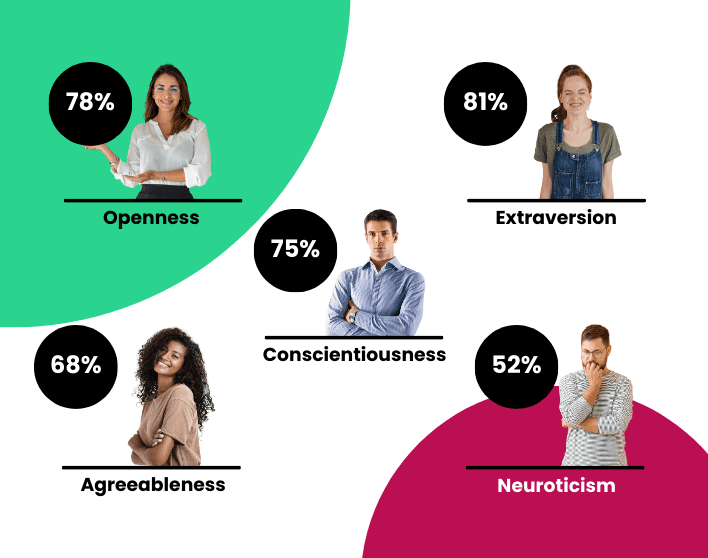Bryq Blog
Discover practical HR insights, expert advice and stay up-to-date on the latest HR trends with content curated by our expert team.
Discover practical HR insights, expert advice and stay up-to-date on the latest HR trends with content curated by our expert team.
Discover practical HR insights, expert advice and stay up-to-date on the latest HR trends with content curated by our expert team.
Load More
Load More
Load More



Revolutionize Your Hiring Process with Skills-Based Precision
Experience how Bryq can transform your organization into a skills-first powerhouse. Request a demo today and see how our science-driven platform accelerates hiring, elevates quality, and fosters inclusivity—all in record time.

Revolutionize Your Hiring Process with Skills-Based Precision
Experience how Bryq can transform your organization into a skills-first powerhouse. Request a demo today and see how our science-driven platform accelerates hiring, elevates quality, and fosters inclusivity—all in record time.



Revolutionize Your Hiring Process with Skills-Based Precision
Experience how Bryq can transform your organization into a skills-first powerhouse. Request a demo today and see how our science-driven platform accelerates hiring, elevates quality, and fosters inclusivity—all in record time.
Are you a talent looking to elevate your career?
Explore your strengths and weaknesses with our free Self-Discovery Assessment.

Are you a talent looking to elevate your career?
Explore your strengths and weaknesses with our free Self-Discovery Assessment.
Are you a talent looking to elevate your career?
Explore your strengths and weaknesses with our free Self-Discovery Assessment.

Product













































































































































































































































